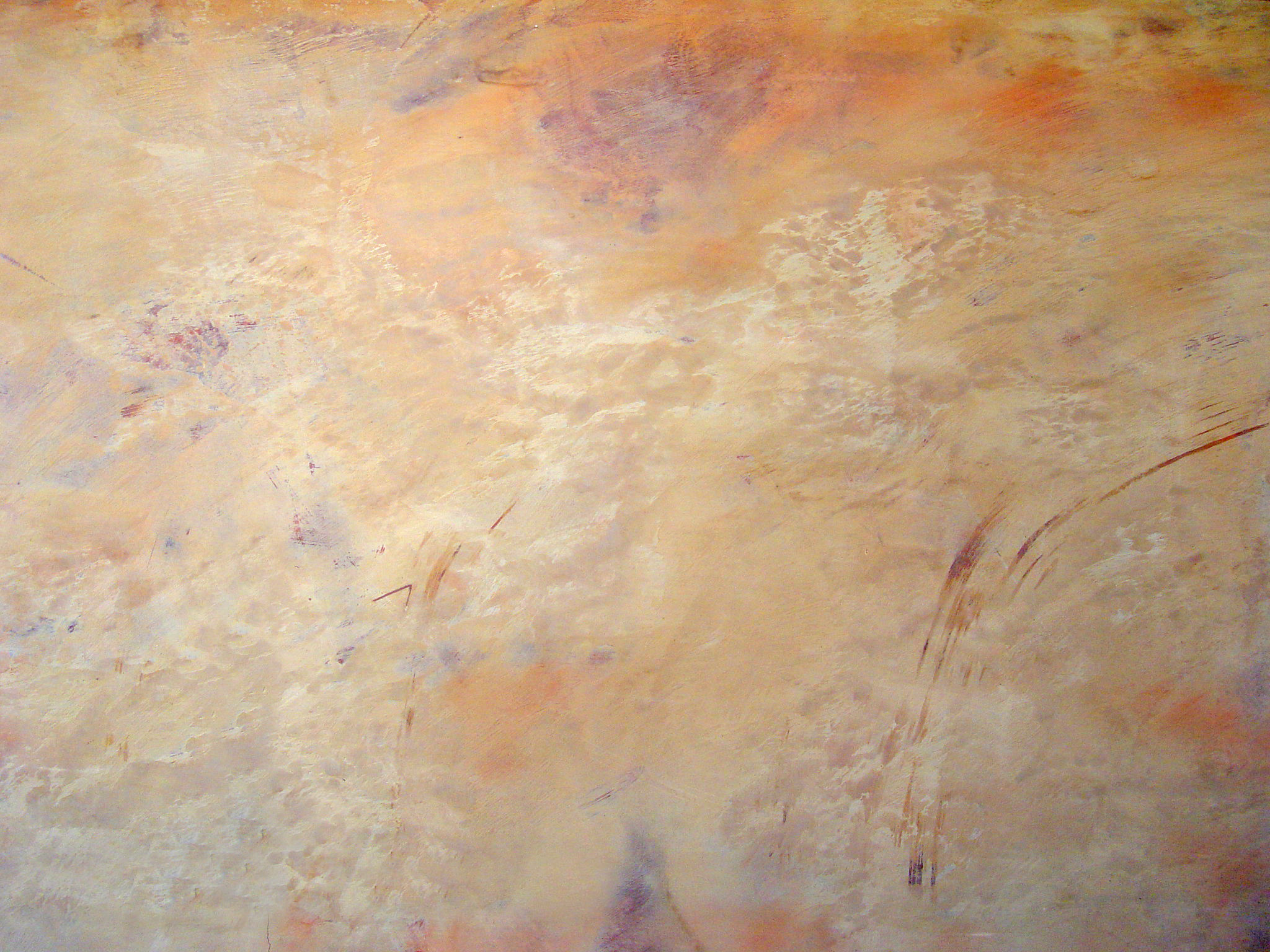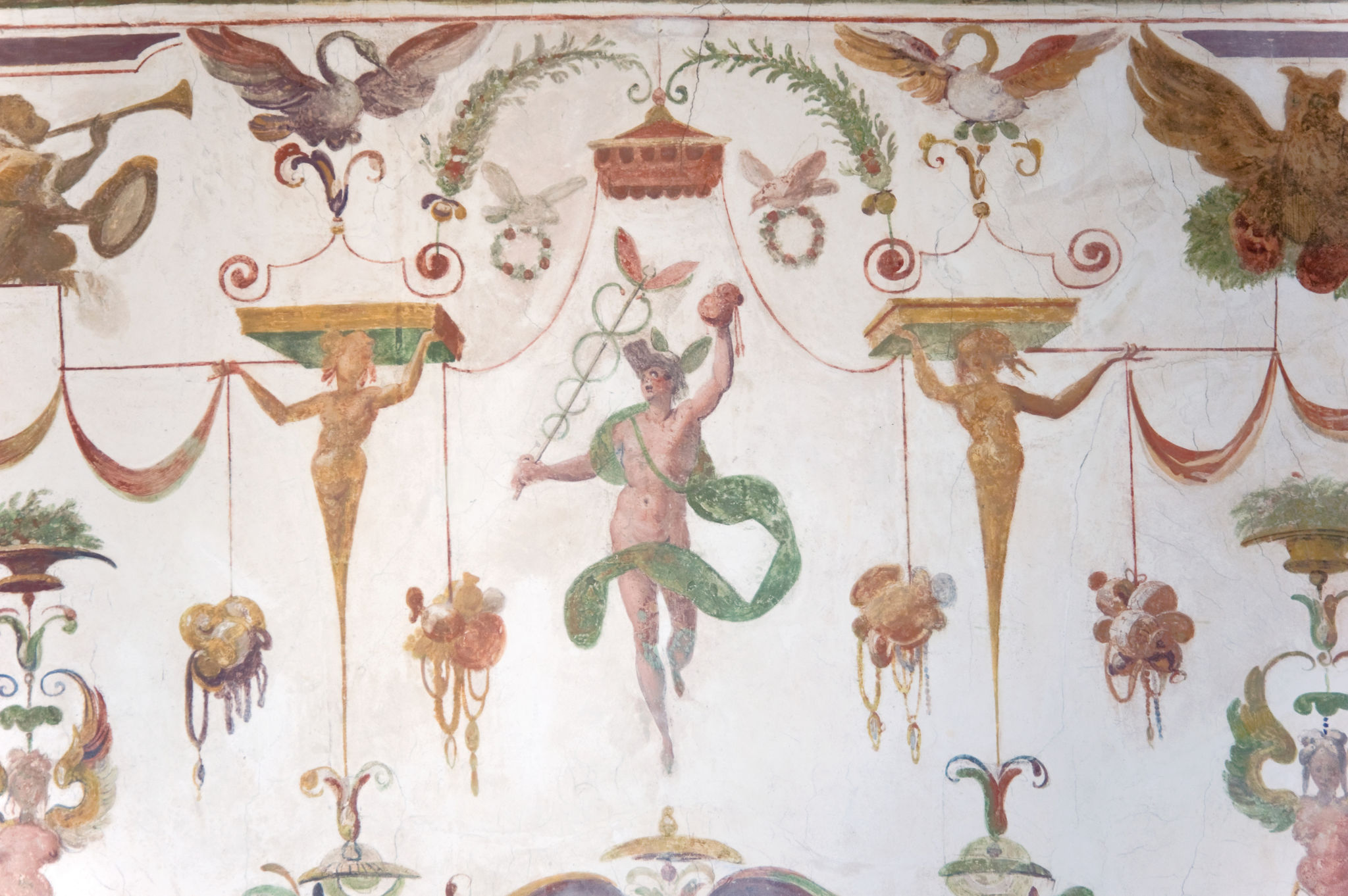The Art of Painting: Exploring Unique Decorative Techniques
Introduction to Decorative Painting Techniques
Decorative painting is a creative art form that has been practiced for centuries, allowing artists to transform ordinary surfaces into extraordinary works of art. Whether you're a seasoned painter or just starting, exploring unique decorative techniques can elevate your artwork and add a personal touch to your living space. This blog post will delve into some of the most popular and innovative techniques in decorative painting.

Faux Finishing: Creating Illusions
Faux finishing is a technique used to replicate the appearance of materials such as marble, wood, or stone. This method involves layering paints and glazes to create depth and texture that mimic natural surfaces. It's a cost-effective way to achieve a luxurious look without the expense of real materials. Popular faux finishes include Venetian plaster, rag rolling, and sponging.
Venetian Plaster
Venetian plaster is a classic technique that dates back to ancient Rome. It involves applying multiple layers of plaster and then polishing the surface to create a smooth, marble-like finish. This technique adds elegance and sophistication to walls and ceilings.

Rag Rolling and Sponging
Rag rolling and sponging are simple yet effective techniques for adding texture to walls. Rag rolling involves using a rag to roll paint or glaze over a base coat, creating a soft, textured effect. Sponging uses a similar approach but with a sponge to dab on layers of color, resulting in a more subtle texture.
Stenciling: Patterns and Precision
Stenciling is a versatile decorative technique that allows artists to create intricate designs with precision. By using pre-cut templates, you can apply paint or ink through the openings to form patterns on various surfaces. Stenciling is ideal for adding borders, motifs, or entire scenes to walls, furniture, or fabrics.
Choosing the Right Stencil
When selecting stencils, consider the scale of your project and the level of detail you desire. Larger stencils are perfect for bold statements on walls, while smaller ones are suitable for detailed work on furniture or fabric. Combining different stencils can create layered effects and complex designs.
Decoupage: Collage with a Twist
Decoupage involves decorating surfaces by applying cut-out paper designs and sealing them with layers of varnish or glue. This technique is excellent for personalizing furniture, picture frames, and even small home accessories. It allows for endless creativity as you choose images and patterns that resonate with your style.
Getting Started with Decoupage
To begin decoupaging, gather your materials: paper designs, scissors, decoupage glue or varnish, and a brush. Carefully cut out your chosen images and arrange them on the surface. Apply glue or varnish beneath and above each piece to secure it in place. Once dry, add additional coats for durability.

Trompe-l'œil: The Art of Deception
Trompe-l'œil, French for "deceive the eye," is an artistic technique that uses realistic imagery to create optical illusions. This method is often applied in murals and architectural detailing to make flat surfaces appear three-dimensional. Trompe-l'œil requires skillful use of perspective and shading to achieve its lifelike effects.
Mastering Perspective
Understanding perspective is crucial when creating trompe-l'œil art. This involves accurately representing objects' sizes and angles to mimic how they appear in real life. Practicing perspective drawing can help improve your ability to create convincing illusions.

Conclusion: Embrace Your Creativity
The world of decorative painting offers countless opportunities for artistic expression and personal transformation of spaces. Whether you're drawn to the illusionary aspects of faux finishes, the precision of stenciling, the creative potential of decoupage, or the deception of trompe-l'œil, each technique provides a unique way to infuse your personality into your art. Embrace these methods and let your creativity flourish as you explore the art of decorative painting.
